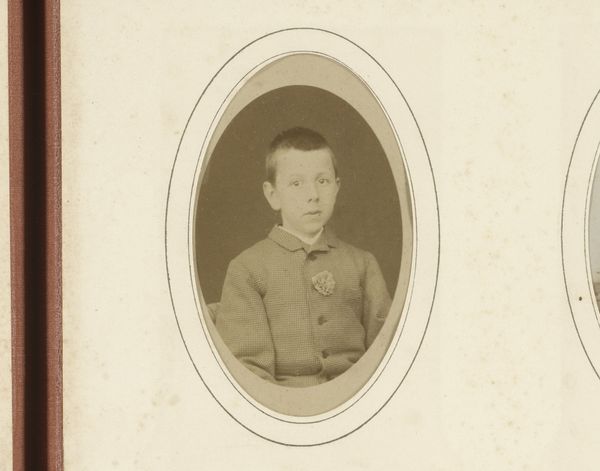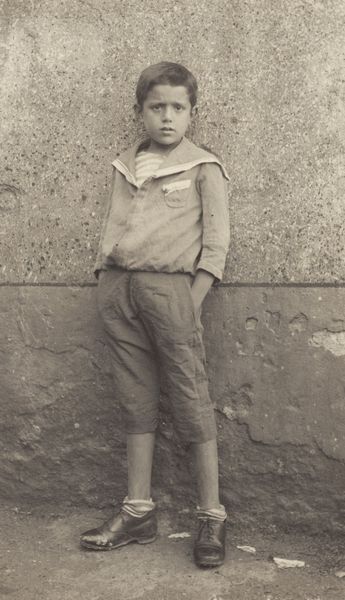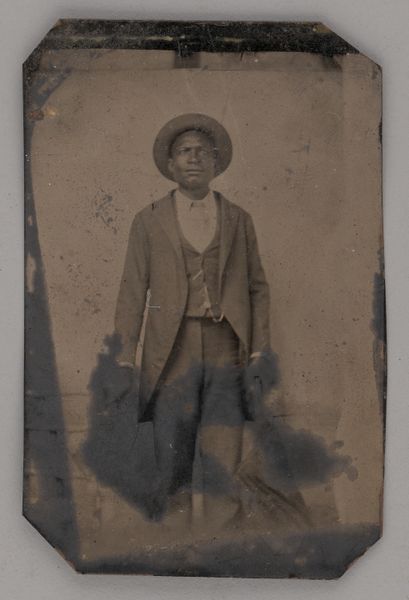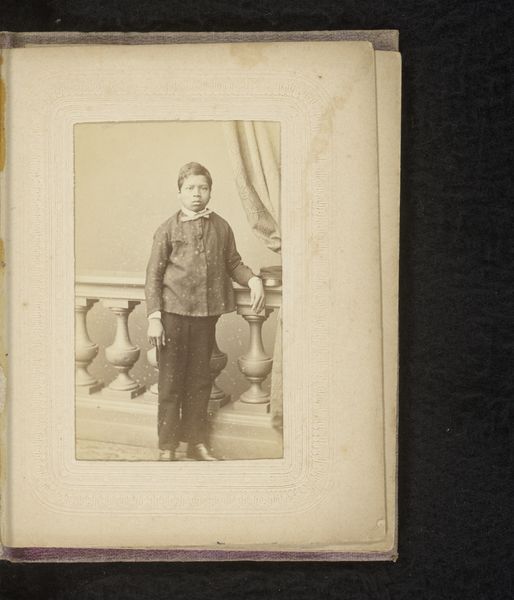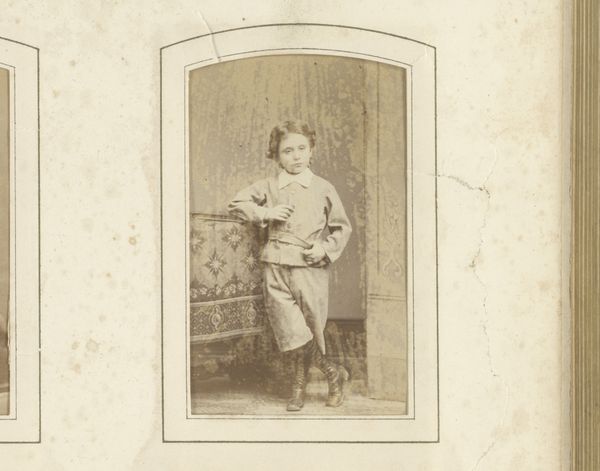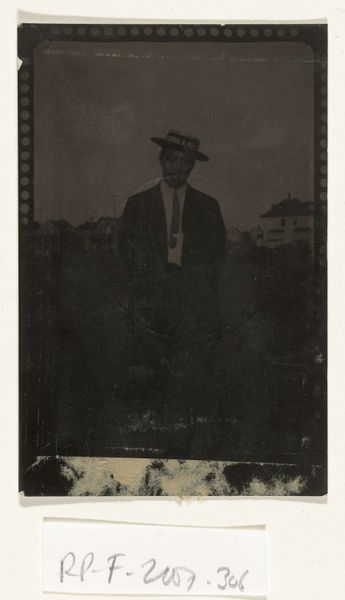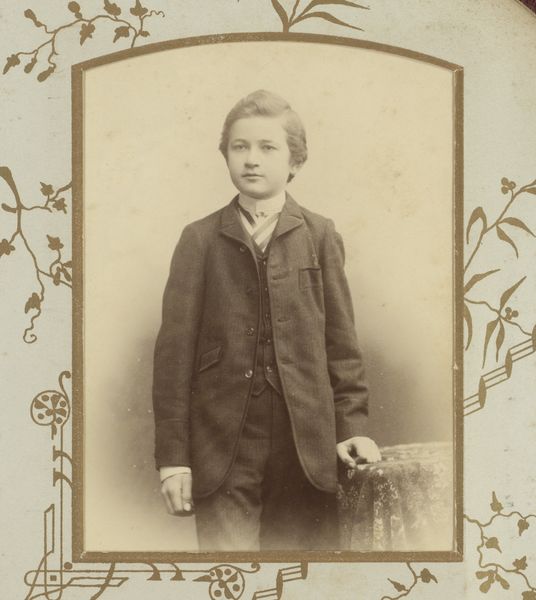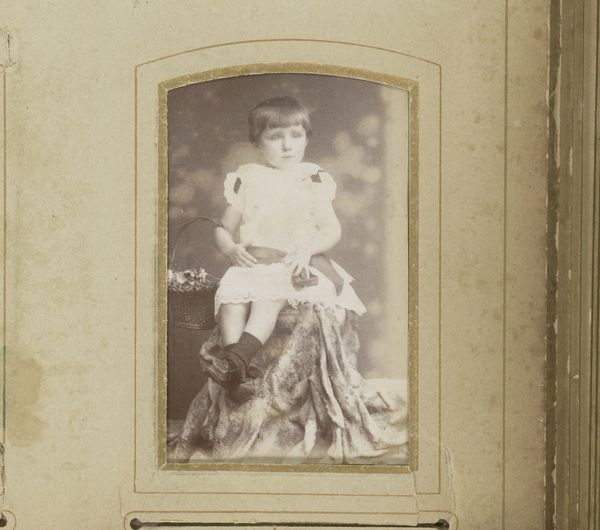
#
personal snap photobooth
#
wedding photograph
#
photo restoration
#
charcoal drawing
#
archive photography
#
charcoal art
#
19th century
#
watercolour illustration
#
charcoal
#
graphite
Dimensions: image: 21.59 x 16.51 cm (8 1/2 x 6 1/2 in.) framed: 36.04 x 30.96 x 3.81 cm (14 3/16 x 12 3/16 x 1 1/2 in.)
Copyright: National Gallery of Art: CC0 1.0
Editor: Binh Danh created this haunting work, "Ghost of Tuol Sleng Genocide Museum #1," in 2008. The photographic process gives it such an aged, almost ethereal quality. It's intensely melancholic... what do you see when you look at it? Curator: I see a layering of time and trauma, how photography itself becomes a medium for memory. Consider the daguerreotype, a nineteenth-century process that Danh often uses. Its mirrored surface literally reflects the viewer, implicating us in the act of witnessing. Editor: So, the old photographic technique isn't just stylistic, but a symbolic choice? Curator: Precisely. It evokes early portraiture, a kind of detached objectivity. The subject’s gaze holds a lifetime of unimaginable experiences, all caught in one symbol, suggesting not just individual suffering but also a communal cultural nightmare. What details stand out to you? Editor: The subject has a tag, it stands out against his clothing. What could it mean? Curator: It is a label or prisoner number, referencing the systematic dehumanization at Tuol Sleng. The portrait's antique quality can also represent the repetition of cultural symbols related to atrocities, but also resistance of the Cambodian people over time. Danh encourages us to remember the people stripped of their very humanity. He wants the memory to never fade away, lest we repeat the past. Editor: That’s a very powerful way to think about it, how an image can serve as both a memorial and a warning, all at once. I hadn't considered the implications of using older processes as part of the message. Curator: Visual culture transmits and reshapes cultural narratives, doesn't it? Each image serves as an ongoing conversation about the human condition. We interpret and reshape its cultural value over time, it serves as both continuity and memory of events that occurred in the past. Editor: Absolutely. This makes me want to investigate Danh’s other works now, to see how he’s used these techniques elsewhere.
Comments
No comments
Be the first to comment and join the conversation on the ultimate creative platform.
